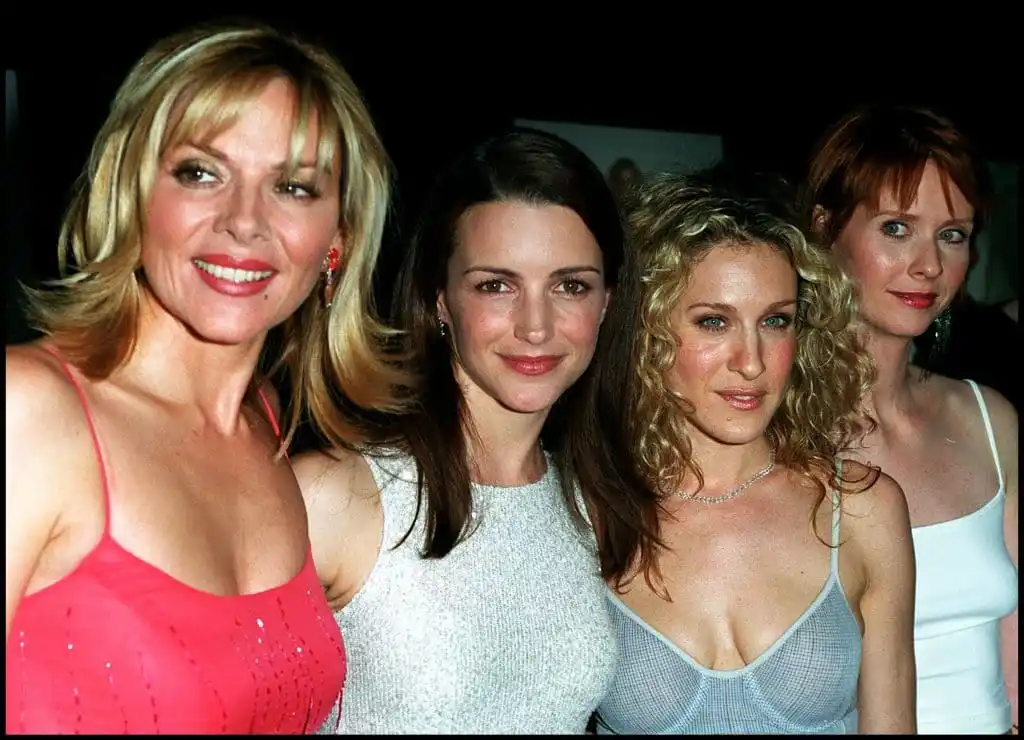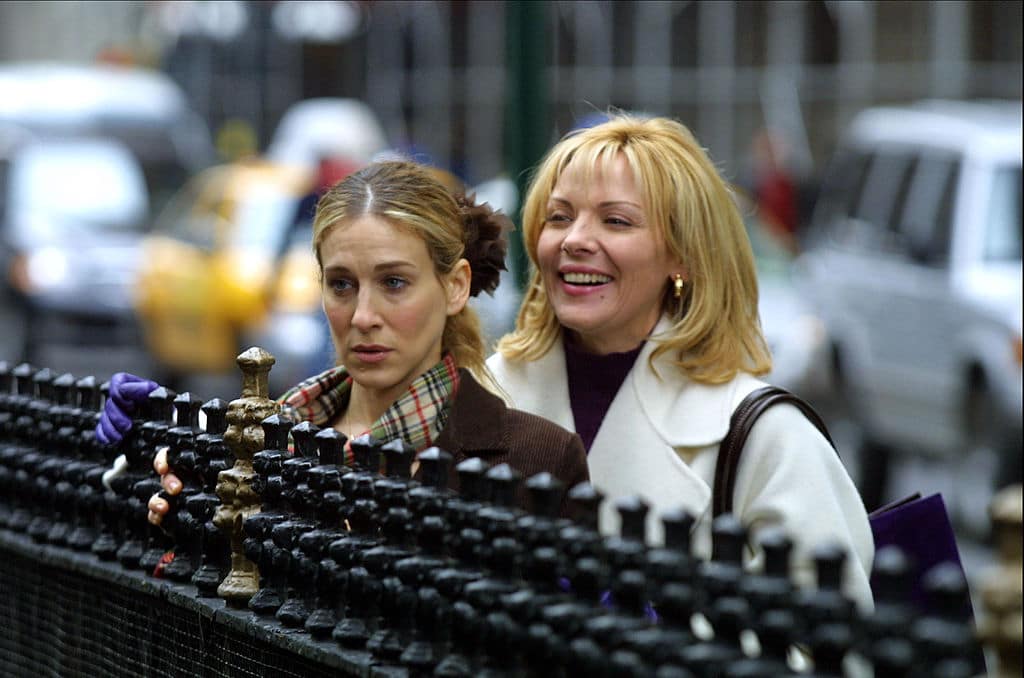The best – and worst – of Sex and the City icon Samantha Jones
Samantha Jones in Sex and the City. (Getty)
Fans were devastated when it was finally confirmed earlier this year that Samantha Jones, played so brilliantly by Kim Cattrall, would not be appearing in the new Sex and the City reboot.
And Just Like That… sees Sarah Jessica Parker (Carrie), Cynthia Nixon (Miranda) and Kristin David (Charlotte) get back together – but Samantha is nowhere to be seen.
The first episode, released Thursday (9 December), explains her absence in a way that seems inspired by real-life events, and it seems likely that future episodes will explore the impact it has on Carrie and her friends.
Indeed, it’s hard to imagine how a Sex and the City reboot can really succeed without Samantha. Each character brought something unique to the show, but Samantha was, in many ways, the most progressive of all of them.
That’s not to say she was perfect either. While Samantha was groundbreaking in some ways, she also had some problematic lines and stories along the way.
We look back on the highs and lows of Samantha Jones as the Sex and the City reboot And Just Like That… is finally unveiled to the world.
The highs: She was an empowered woman who celebrated her sexuality into middle age
Anyone who watched Sex and the City during its original run will remember just how big a deal it was to see a character like Samantha on screen.
While sitcoms had begun to show women as more than just the wives of the funny men, as was the case for decades, a TV show focussed on four single, sexually empowered women was a game-changer. And none were more empowered than Samantha.
She consistently refused to be cowed by society’s harsh, degrading expectations about sexuality. She called out double standards where she saw them, was open about enjoying sex and went after what she wanted. She spoke openly about masturbation, body image, one night stands and funky tasting spunk. She famously described herself as a “try-sexual” in one episode, meaning she would try anything at least once.

Of the central four, she was the most open to exploring her sexuality, briefly entering into a relationship with Maria Reyes (Sonia Braga) in season four – though that plotline was not without its issues.
While it showed a woman exploring her sexuality and considering the fact that she might not be entirely straight, there was a sense that Samantha was with Maria because she was sick of men. Indeed, Charlotte joked that Samantha was only sleeping with a woman because she’s run out of men, and ultimately Samantha admits that she misses men too much.
Samantha is best remembered as a sexually confident woman – but she also had a lot more than just sex going on in the show. In the final season of Sex and the City, she undergoes chemotherapy after being diagnosed with breast cancer.
Crucially, the show was candid when it came to exploring the challenges Samantha faced when going through the menopause. In one of the last episodes of the show, Samantha gives a talk at a cancer benefit. There, she declares that she’s having hot flashes, and she takes off her wig, prompting other women in the audience to do the same. It was a powerful moment – and it proved that Samantha was an important character in more ways than one.
The show also deals with sexual health – in one episode, Samantha takes a HIV test after a man she wants to sleep with suggests she should get tested. It’s still too rare that we see cis female characters getting tested for HIV on screen.
The lows: Transphobic slurs, political ignorance and racial fetishising abounded
Samantha was progressive in many ways, but her character also frequently got it wrong.
One of her worst moment came in season three, when she got into an argument with a group of trans sex workers. It’s not even fair to say the episode has aged badly – it should never have been made in the first place, and everyone involved should have understood even when it was made that it wasn’t OK to demean trans people in that way.

In the episode, Samantha starts fighting with the group of sex workers after they start working outside her apartment. She uses transphobic slurs, and the episode ends with her throwing a bucket of water out the window onto them.
There’s also Samantha’s racism to contend with – perhaps worst exemplified by her brief fling with Chivon, a Black man, in the season three episode “No Ifs, Ands or Butts”. In the episode, she plays into harmful stereotypes when she talks about the size of Chivon’s penis.
The episode made for uncomfortable viewing when it first aired in 2000. In one scene, Samantha gets into a fight with Chivon’s sister who tells her to get her “white p***y” away from him. The insinuation that Samantha is in some way facing a form of “racism” is offensive and ridiculous.
Later in the episode, Samantha jokes that she “doesn’t see colour, just conquests” – it was meant to be funny, but it didn’t sit right at the time, and it certainly doesn’t sit right today.
That wasn’t the only example of Sex and the City’s racism – Sex and the City 2 was universally derided for its Abu Dhabi plotline, which many found to be anti-Muslim. Perhaps the lowest point of the entire franchise came when Samantha began screaming “I have sex” while throwing condoms at men who surrounded her in a local market.
Even beyond Samantha’s own missteps, there were other issues. For example, the other women often slut-shame her for dating and sleeping with different men. In the Sex and the City movie, they also judge her and mock her for having gained weight.
In that same context, there’s also the fact that Samantha apparently doesn’t care about politics. Maybe such views were more palatable in the late ’90s and early ’00s than they are now – but it’s definitely hard to stomach hearing Samantha say: “I don’t believe in the Republican Party or the Democratic Party. I just believe in parties.”
Samantha was a complex character that changed the game for women on-screen – but she was far from perfect. If she had returned for the revival, Sex and the City could have finally had the chance to interrogate some of those flaws – and it could even have tried to fix some of her worst moments. Sadly, we’ll never know what could have been for Samantha, as Kim Cattrall has made it abundantly clear that she will never return for future iterations of the show.






